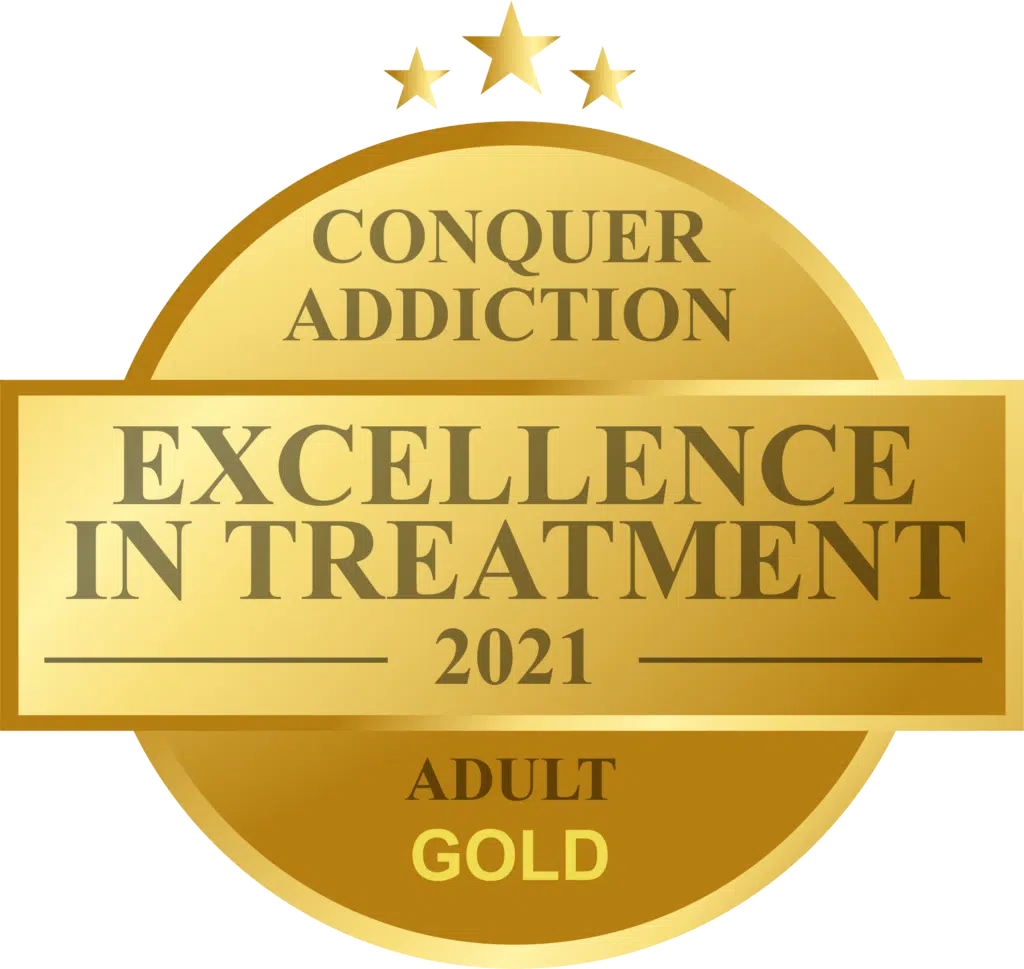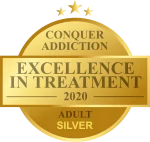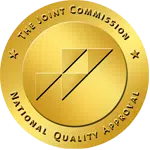There is a lot of new terminologies related to the recovery process. One of the new terms we may have heard about is biofeedback. This is a form of therapy in which monitoring specific biological signs helps us to train our bodies to better manage and respond to cravings and stressors. That may seem like a lot to try to understand. How can biofeedback help in my recovery?
What Is Biofeedback?
Some therapies produce skepticism because of preconceived ideas or stigmas we have learned over time. If even the word biofeedback does that for us, then let’s stop, put on our scientific curiosity hat, and be open to learning something new. Biofeedback is actually a form of therapy that has been used in addiction treatment for over 30 years.
Biofeedback involves placing small sensors on the patient in order to monitor the biological systems such as heart rate, breathing rate, skin temperature, sweat, blood pressure, and certain muscles and how they tighten or contract. These sensors are hooked up to monitors which give feedback to both the patient and the clinician.
The patient is then monitored to become aware of how their body responds when withdrawal symptoms, cravings, or other significant stressors occur. Becoming aware of our bodies’ involuntary reactions gives us the opportunity to create voluntary responses to those reactions.
Why Is Biofeedback Used?
The concept behind using biofeedback for recovery is to demonstrate to the patient what our bodies can look like under stress. The monitor shows us all of the involuntary responses our bodies make when we are enduring a craving or experiencing withdrawal. This information is validating because, when we are in the moment, we are in survival mode. Perhaps, afterward, we tell ourselves it wasn’t that bad. However, with biofeedback we can literally see the intense physical reaction our body has when we have a craving.
Biofeedback also allows the clinician to see how our body responds physically. This information can help them determine the techniques and skills they can teach us to be able to help when we experience withdrawals or cravings.
Which Feedback Is Helpful?
All of the feedback given to the patient is helpful. They might find, for example, that their heart rate really shoots up during a craving. This would help them to know that they need to focus on stress-reducing exercises intended to reduce their heart rate. The information also helps them in case they have any other directly related medical problems, such as high blood pressure or heart issues, to allow them to seek proper medical care to ensure their long-term safety.
If a patient’s breathing rate is excessive, they can learn breathing and meditation techniques that will help train them to control their breathing better. This can actually be done during the biofeedback sessions, so they can see the results of their efforts themselves, watch that breathing rate drop. Basically, biofeedback is a way for us to visually learn what our body does in a crisis, and then learn tools to help us respond and gain some kind of control over those involuntary responses.
What Kinds of Exercises Help Me Use Biofeedback?
Some of the exercises or tools used in biofeedback include:
- Guided Imagery – this involves a relaxation technique encompassing the mind and the body in which our thoughts are guided to positive, soothing images. The goal is to help relax all of the involuntary responses happening in our bodies.
- Mindfulness Meditation – this form of meditation helps us to focus on one thing, such as our breathing, in order to guide our minds to the present and just notice what is happening, what the sensations are that we are experiencing, without judgment. Because of the breathing and relaxation techniques alone, the intensity of the craving and the body’s involuntary responses are greatly decreased.
- Progressive Muscle Relaxation – this guided technique helps us to release tension in muscle groups that are tight, one group of muscles at a time. This allows us to focus on a specific response, and yet in doing so, reduce tension throughout the body.
How Can I Learn from Biofeedback?
First and foremost, biofeedback creates an awareness for us of the involuntary things our bodies go through with stressors like withdrawals and cravings. Through the visual of the monitor, we can realize that our breathing or heart rates jump up, and train ourselves to respond appropriately with the skills we have learned.
We can learn the techniques to help resolve the intense responses that our bodies often have to cravings. This makes getting through those cravings a lot more bearable, and is better for our health, too, both mentally and physically. We can learn to help ourselves when our minds and bodies are in crisis, even when we do not have the sensors on. We can learn what our responses actually look like on the monitor, which is another tool to help us long after we are done with biofeedback.
How can biofeedback help in my recovery? You can learn more about how your body responds in crisis, and learn the techniques that will help you react appropriately. You can learn more about biofeedback at AToN Center by calling (888) 535-1516 today. Take the opportunity today to change your tomorrow. Find out how biofeedback and so many other tools can help you change your life.
















